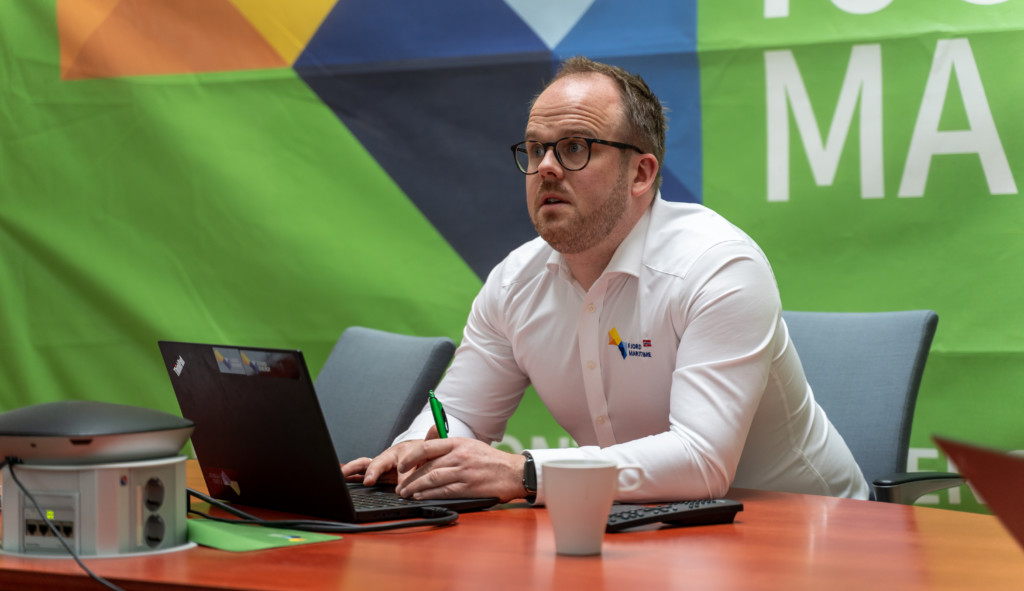When Cermaq Canada decided to electrify theire feeding barge late in January, they became the first fish farmer in British Colombia with hybrid operation.
Aquaculture in general has had a major focus on producing fish more sustainable. In a period where the focus is on green solutions Cermaq has taken a lot of steps to find concrete solutions. One of the areas has been operation and feeding. In Norway, one of the initiatives has been shore power, which allows fish farmers to operate without fossil fuels. This is not that as widespread in Canada, where a lot of the feeding barges is running on diesel generators. When this is the case one of the options is to switch to hybrid solutions, which will help reduce a great amount of GHG.
“To begin with, we have decided to install a hybrid system on one of our fleets, so that we can test it out and see the effects of electrification. This ensures that we get a start on switching to greener energy solutions – something we have been working towards for a long time,” says a spokesperson from Cermaq.

Clockwise, back from left; Vidar Rabben, Richard Finch, Brock Thompson and Torstein Nygård.
Up to 150 tonnes of greenhouse gas is reduced per year
The decision that Cermaq Canada has taken results in a number of positive effects for the global food fish producer. Simulations and calculations made based on the locations production show a a lot of positive effects.
- Up to 150 tonnes of Co2 reduced.
- Up to 70% reduced running time on the diesel generator
- Significant reduction in service and maintenance
- 24/7 monitoring of power production
The hybrid system will be monitored 24/7, by our Remote Operation Center, upon commissioning. The customer also gets access to Fjord Control, which shows and explains the energy consumption on the barge live.
This is one of several measures Cermaq Canada is taking to meet the objective of reducing theire greenhouse gas emissions by 35% by 2030.

Taking steps in new markets
For Fjord Maritime the collaboration with Cermaq Canada is the result of a long-term strategy.
“We have been looking at the opportunities in Canada since 2019, and we have been in dialogue with several fish farmers since then. But our strategy has always been to enter the region in 2022/2023, where we will establish offices; both on the east and west coast.” says Torstein Nygård, who is responsible for global sales.
One of the things that impresses him the most after working with breeders, such as Cermaq, in Canada is the willingness to invest green.
“Most of the feeding barges in Canada are operated with diesel generators. Based on our calculations and the data we have collected from our hybrid systems around the world tells us that we have good opportunities to help the Canadian aquaculture as well!” concludes Torstein.



